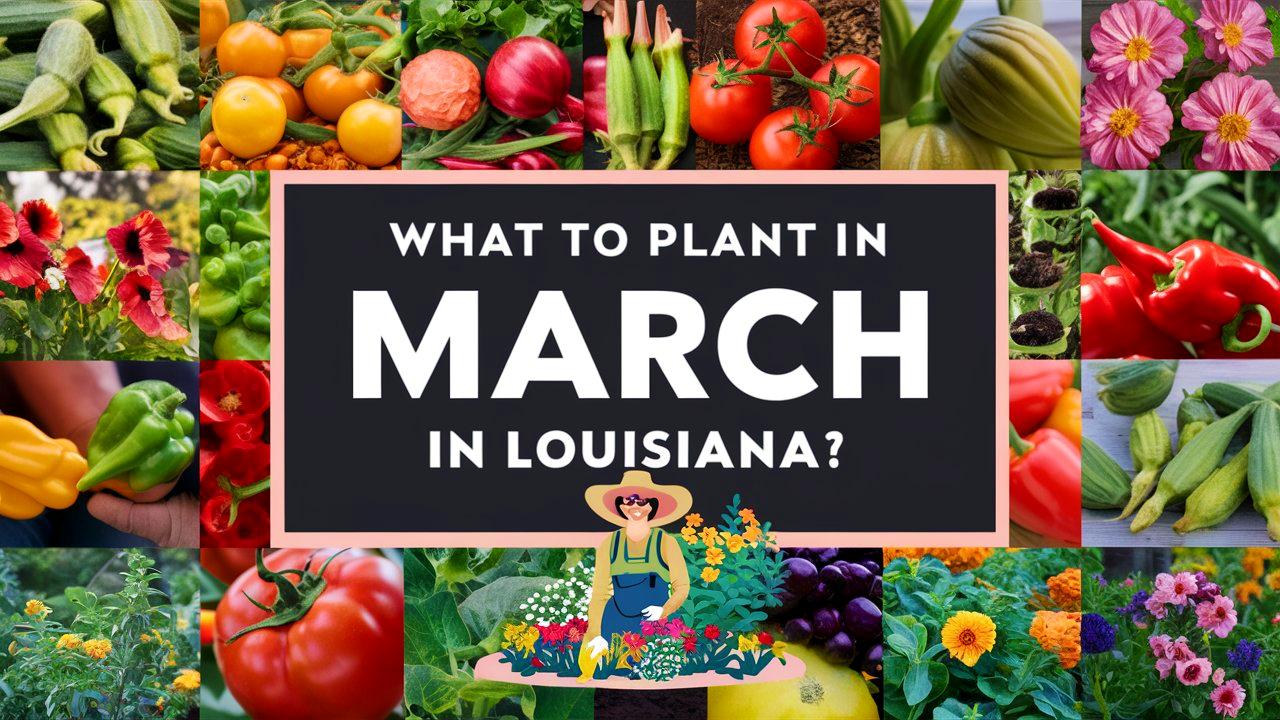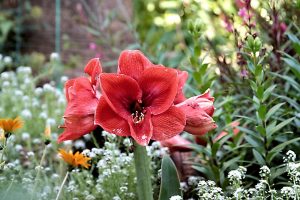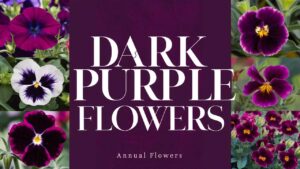Understanding what to plant based on your local USDA hardiness zone is essential for maximizing your success. In Louisiana, the climate is influenced by two primary hardiness zones: Zones 8 and 9, each with unique planting windows and temperature tolerances.
This comprehensive guide will cover the best vegetables, flowers, herbs, and landscape plants to consider planting in March in Louisiana, providing key insights to help you create a thriving garden.
Vegetables To Plant
March is an ideal time to sow a range of vegetables. With the chance of frost diminishing, many cold-tolerant crops can be planted, as well as some warm-season varieties. Here’s a list of ten vegetables perfect for spring gardening in Louisiana.
Tomato
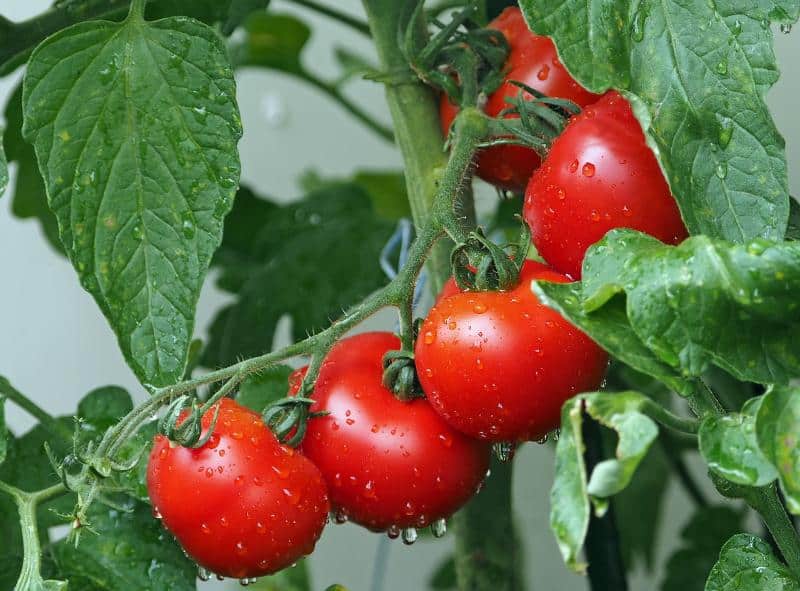
Tomatoes are a staple in many Louisiana gardens and thrive in the state’s warm climate. Plant seedlings after the last frost date, typically by mid-March. These plants prefer daytime temperatures between 70°F and 85°F and should be planted in well-draining soil. Choose disease-resistant varieties like ‘Better Boy’ or ‘Celebrity’ for success. Regular watering and mulching will help conserve moisture and prevent diseases.
Bell Pepper
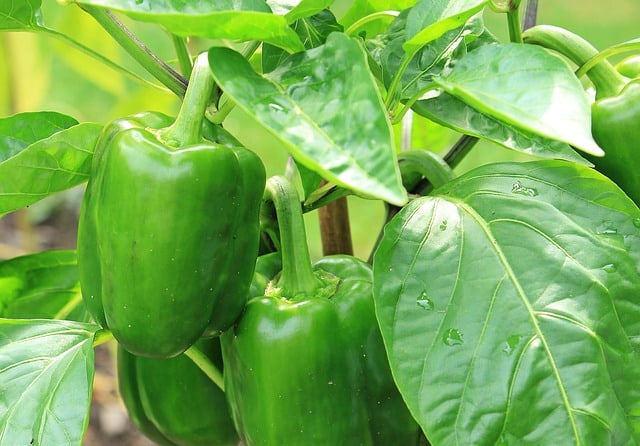
Bell peppers prefer warm weather and can be started indoors or planted directly in the garden by mid to late March. These plants require temperatures above 65°F, with optimal growth around 70°F to 80°F. They thrive in well-drained soil enriched with organic matter. For better yields, consider using floating row covers to protect young plants from unexpected late frosts.
Squash
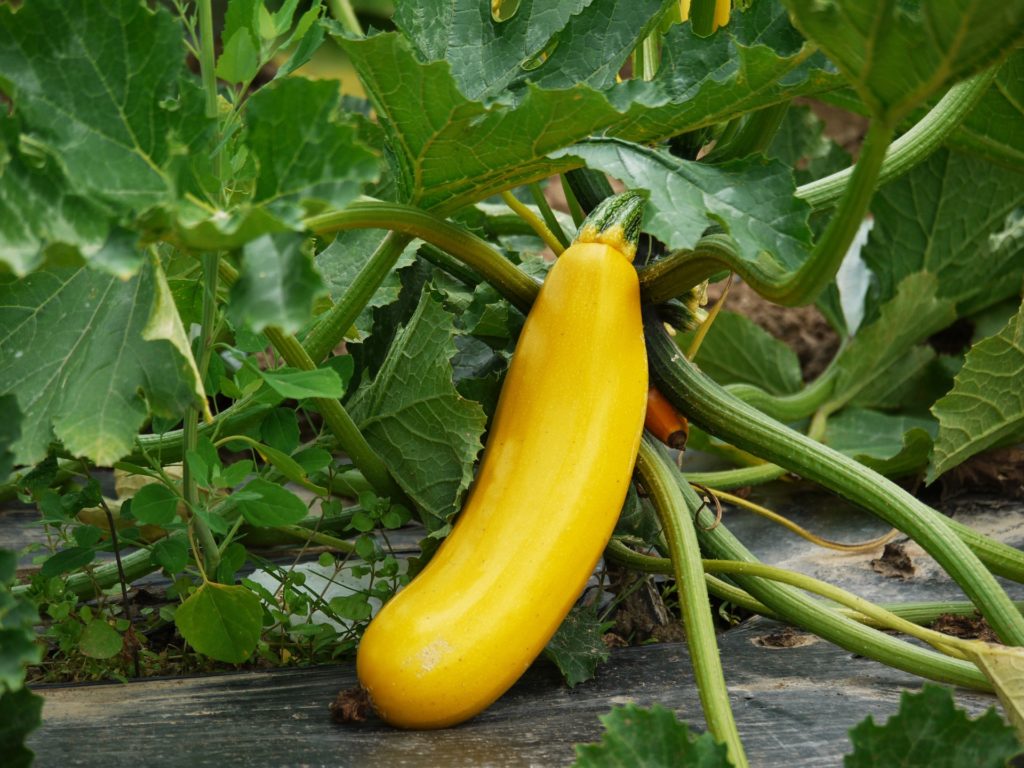
Summer squashes, including zucchini and yellow squash, can be planted towards the end of March in Louisiana. These plants prefer warm temperatures and can withstand night temperatures as low as 50°F. Squash grows best in full sun with rich, well-draining soil. Encourage pollination by planting flowers nearby, as squash is primarily pollinated by bees.
Cucumbers
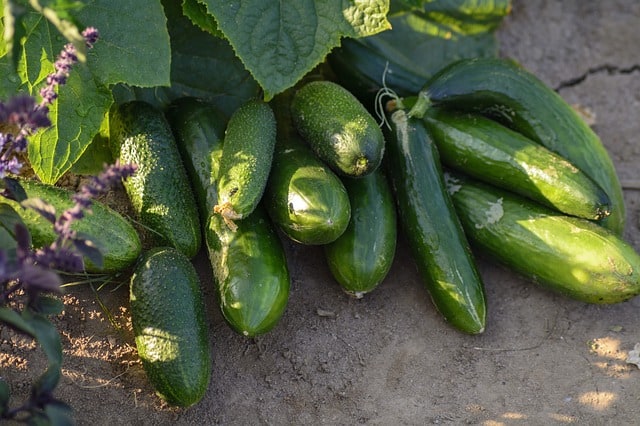
Cucumbers can be planted once the soil has warmed up, typically by mid-March. They need warm weather, thriving in temperatures between 70°F and 95°F. These rapid-growing vines require ample sunlight and well-draining soil. A trellis can support the plants, allowing for better air circulation and easier harvests.
Green Beans
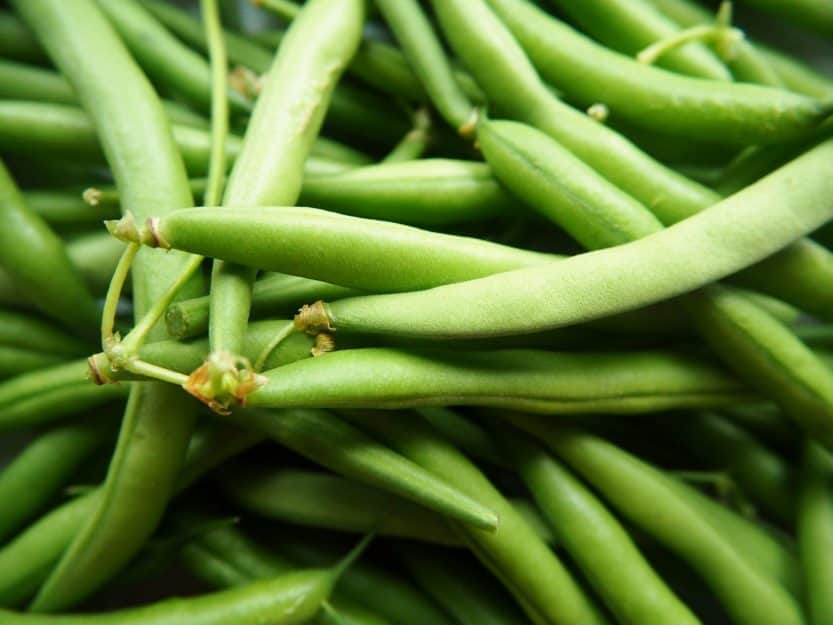
Green beans can be directly seeded into the garden in mid-March, as they thrive in well-drained soil and warmer temperatures. Varieties like snap or bush beans can withstand temperatures as low as 60°F and need full sunlight. These fast-growing plants do not require a lot of fertilization, making them an excellent choice for new gardeners.
Eggplant
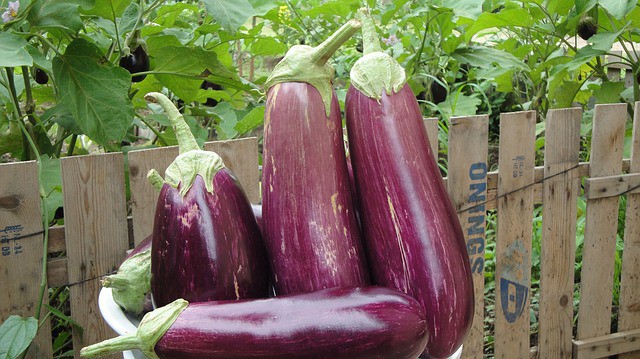
Eggplants flourish in warm temperatures and can be started indoors before being transplanted into the garden in late March. They prefer daytime temperatures above 70°F. Opt for varieties like ‘Black Beauty,’ which are disease-resistant and ideal for Louisiana’s humid climate. Regular watering is vital, as eggplants need consistent moisture.
Sweet Potatoes
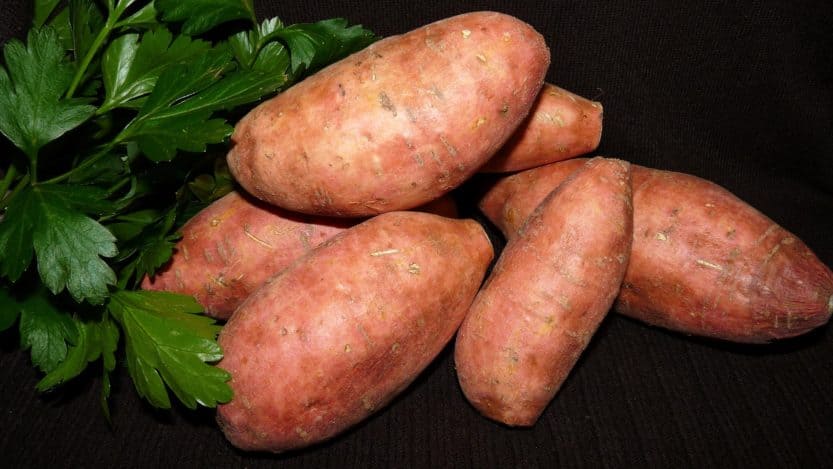
Sweet potatoes should be planted in late March, ensuring the soil temperature is consistently above 65°F. They thrive in sandy, well-drained soil with plenty of sunlight. Sweet potatoes require ample space to spread out, and planting them in raised beds can improve drainage and promote quicker growth.
Snap Peas
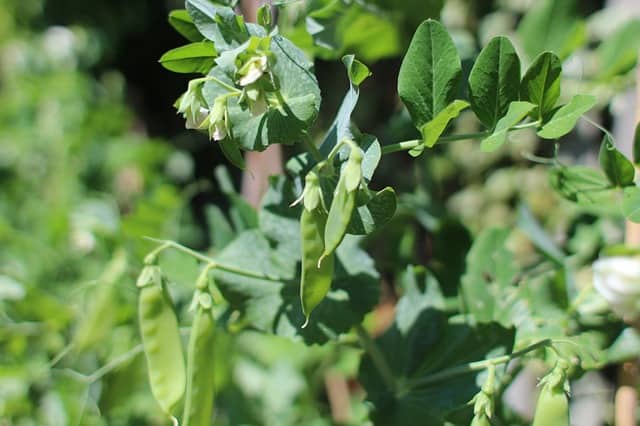
For those looking to enjoy a cooler-weather crop, snap peas can be sown in early March. They prefer cooler temperatures and need to be harvested before the weather warms significantly. These plants vining habit will benefit from support as they grow, and they thrive in well-drained, loamy soil.
Carrots
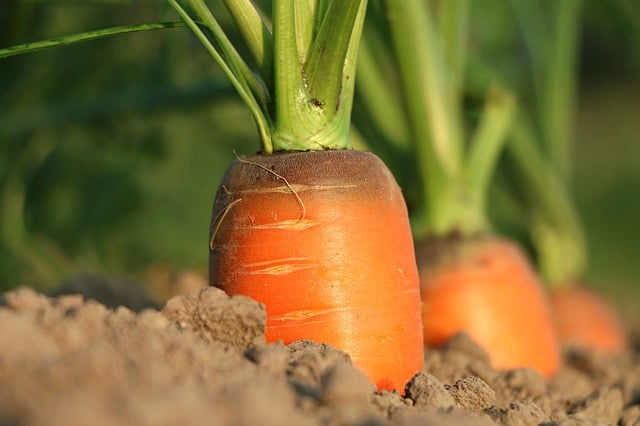
Carrots can be sown either in late February or early March. They require cooler soil temperatures around 60°F for germination but should be harvested before the heat of summer. Carrots prefer loose, sandy soil to grow long and straight. Thin the seedlings to allow enough space for healthy development.
Radishes
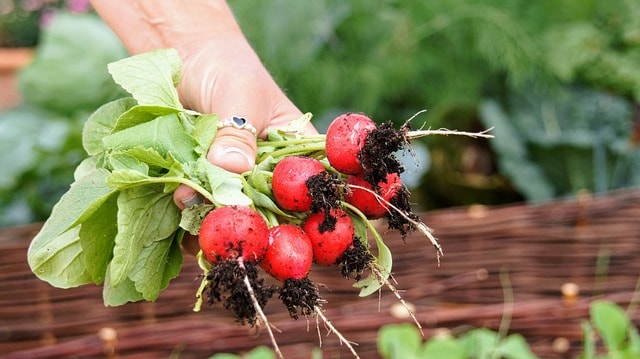
Radishes are one of the fastest vegetables to grow, making them perfect for a March planting. Direct sow seeds into well-drained soil in early March for a quick harvest within 4 to 6 weeks. They thrive in cooler weather and can be continuously seeded for a constant supply throughout the spring.
Flowers To Plant
March is also an exciting time to bring color and fragrance to your garden with flowers. Many cool-season annuals can be planted early in March, while some warm-season perennials can be prepared for later in the month.
Marigold
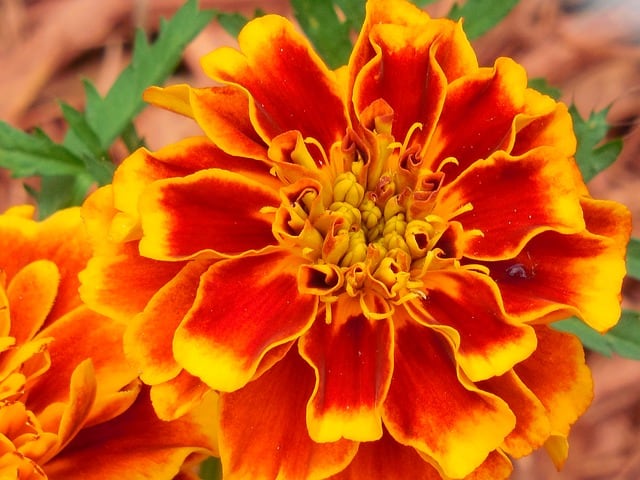
Marigolds are a cheerful addition to any garden, known for their vibrant hues and pest-repelling properties. They can be sown indoors in late February or directly in the garden in mid-March. Marigolds prefer well-drained soil and full sun, with daytime temperatures ideally between 65°F and 75°F.
Pansy
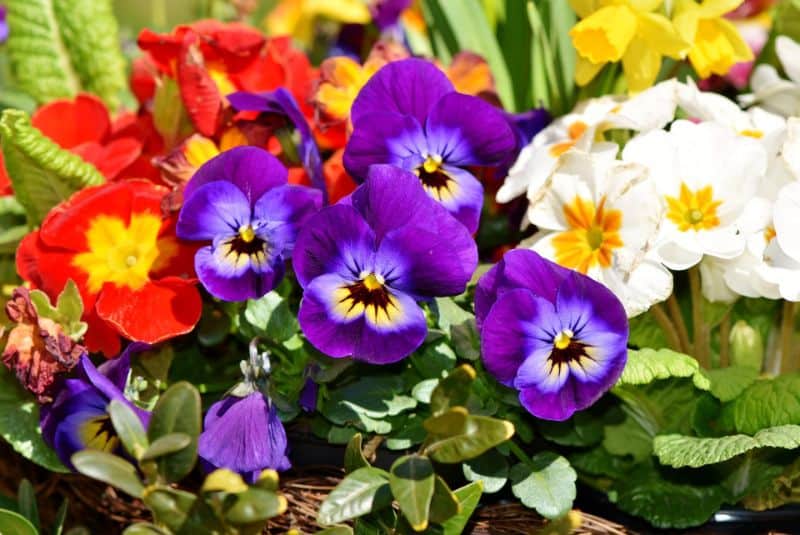
Pansies are hardy flowers that can be planted in early March. They thrive in cooler temperatures, with optimal growing conditions around 60°F to 70°F. Pansies add a pop of color and can often withstand light frosts, making them perfect for early spring. They prefer well-draining soil and need watering to remain vibrant.
Snapdragons
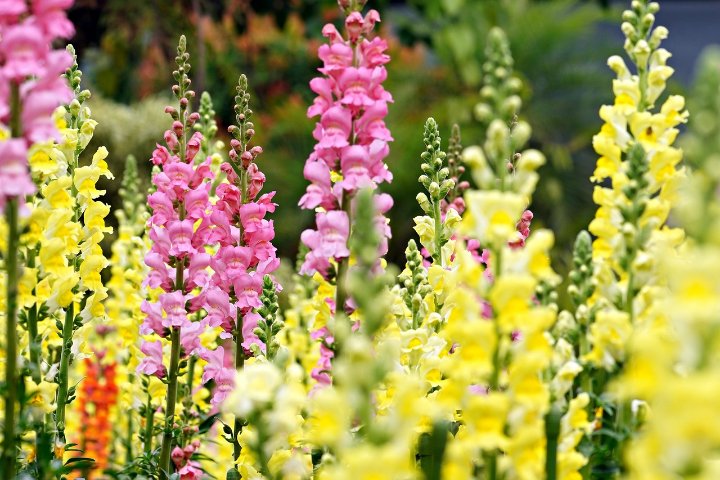
Snapdragons are another hardy flower that can be sown in early March. These annuals thrive in the cooler spring months, preferring temperatures around 60°F to 75°F. Plant them in well-draining soil with full sun exposure for the best blooms. Snapdragons come in diverse colors, adding charm to any landscape.
Zinnia
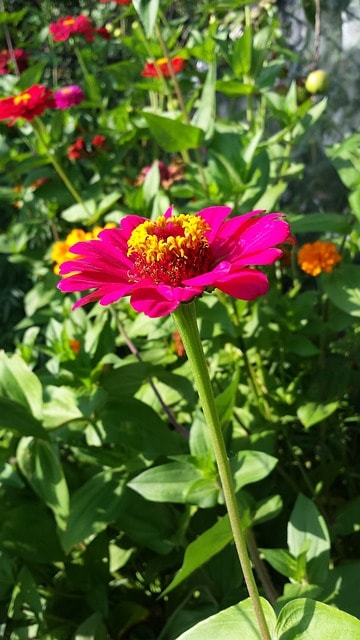
Zinnias are ideal for March planting once the weather warms up, as they thrive in temperatures between 70°F and 90°F. Direct sow seeds in well-draining soil in late March for a summer bloom. These flowers are drought-tolerant and attract pollinators, making them beneficial for your garden ecosystem.
Cosmos
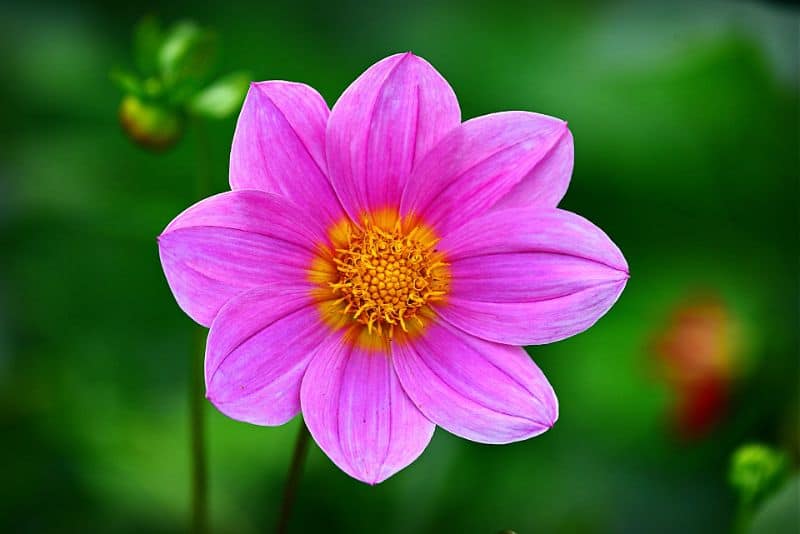
Cosmos are colorful, easy-to-grow flowers that can be direct-seeded in the garden in late March once the ground is warm. These plants prefer full sun and can thrive in poor soils, making them perfect for Louisiana gardens. They are particularly resilient and can withstand heat, but they need to be consistently watered for optimal growth.
Sunflower
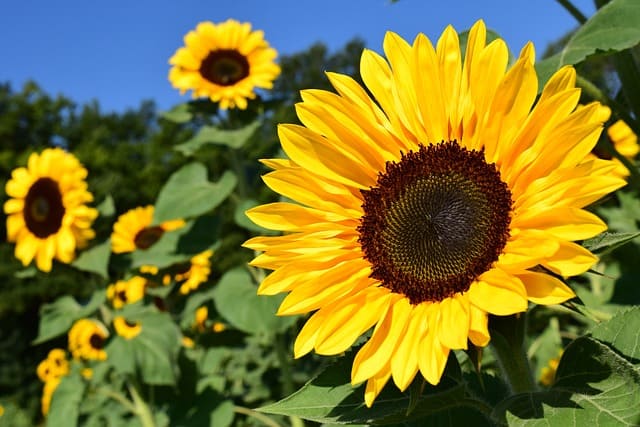
Sunflowers can be planted at the end of March when the soil has warmed up adequately. These bright blooms thrive in full sun and can tolerate a range of soils but prefer well-drained conditions. With heights that can exceed 10 feet, they can serve as a striking focal point in your garden.
Petunia
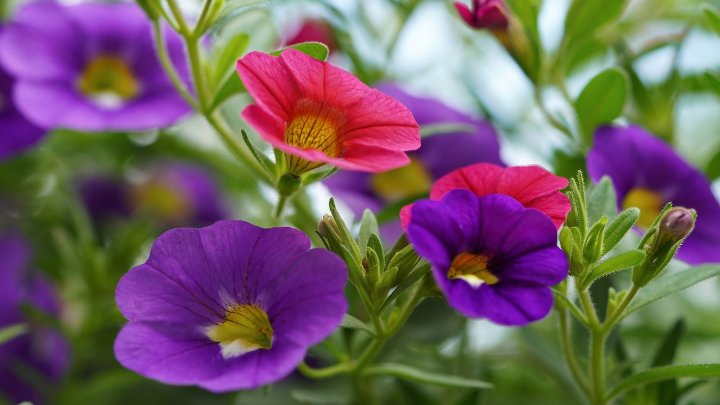
Petunias can be planted in mid to late March. These adaptable flowers thrive in full sun, requiring well-drained soil to flourish. With a variety of colors and patterns, petunias attract pollinators and provide a long blooming season, making them a great addition to any garden.
Alyssum
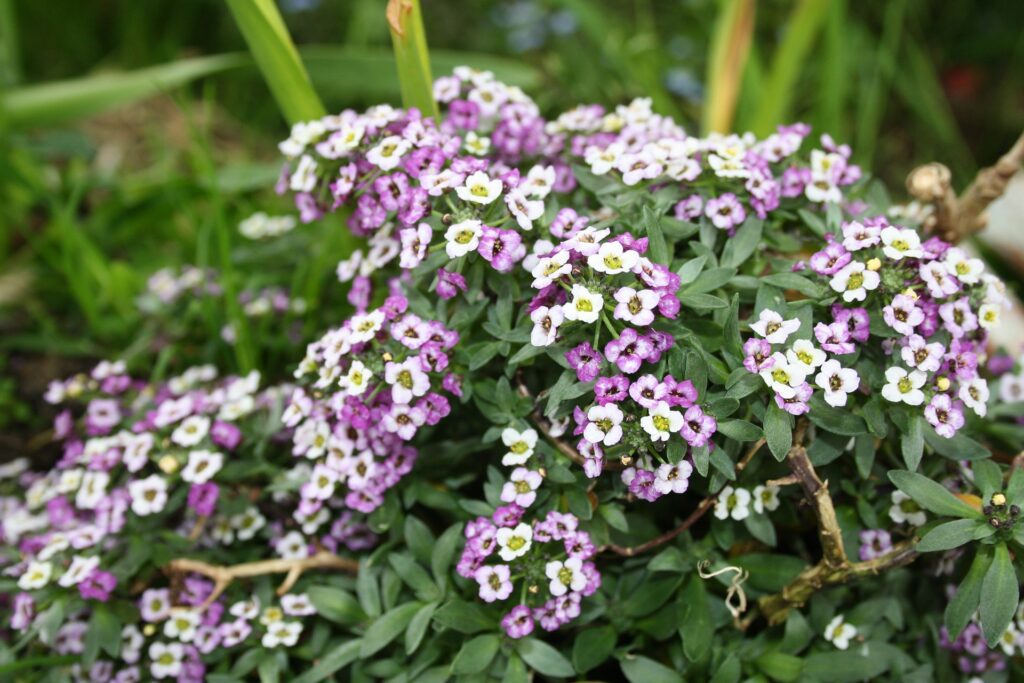
Sweet Alyssum is an excellent choice for early spring planting. It prefers cooler temperatures and can be sown directly in the ground in early March. These low-growing flowers can handle temperatures around 45°F and thrive in well-drained soil. Sweet Alyssum’s lovely fragrance and ability to attract beneficial insects make it a garden favorite.
Gaillardia
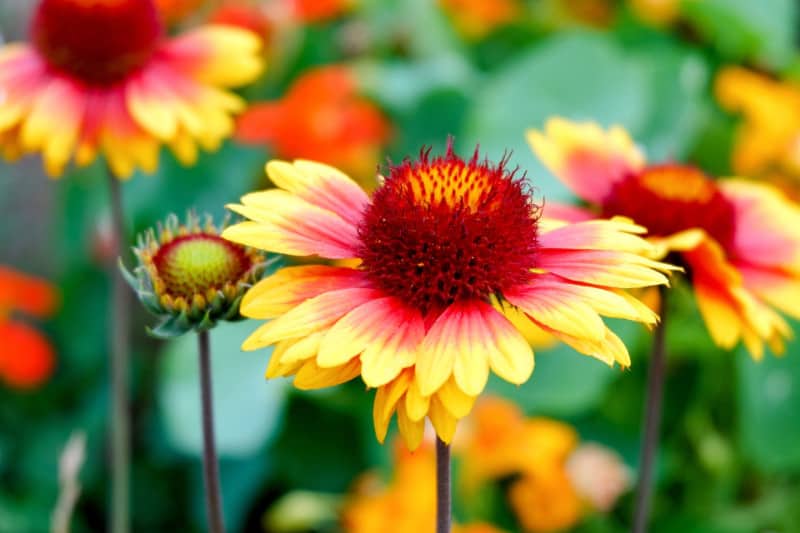
Blanket flowers or Gaillardia are drought-tolerant and thrive in heat, making them a great choice for Louisiana gardens. Plant these seeds in late March to early April to take advantage of their long flowering season. They prefer full sun and can attract butterflies, creating a lively garden atmosphere.
Salvia
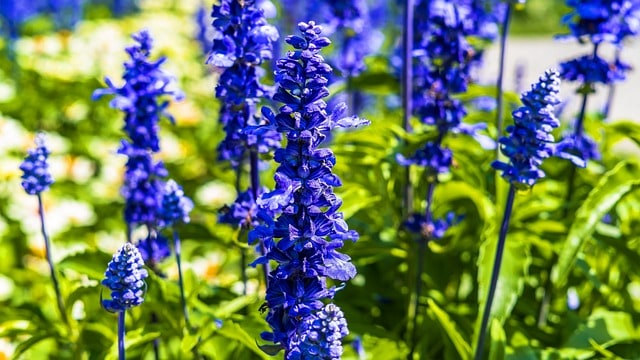
Salvia is perfect for warmer climates, and late March is a suitable time for planting. Known for its striking blue and purple flowers, this perennial is drought-resistant and thrives in full sun. Salvia not only adds beauty to the landscape but also attracts butterflies and hummingbirds, enhancing the garden’s ecosystem.
Herbs To Plant
Herbs are wonderful additions to any garden, offering both culinary delights and aromatic benefits. March is an excellent month for planting various herbs, many of which thrive in the warm Louisiana climate.
Basil
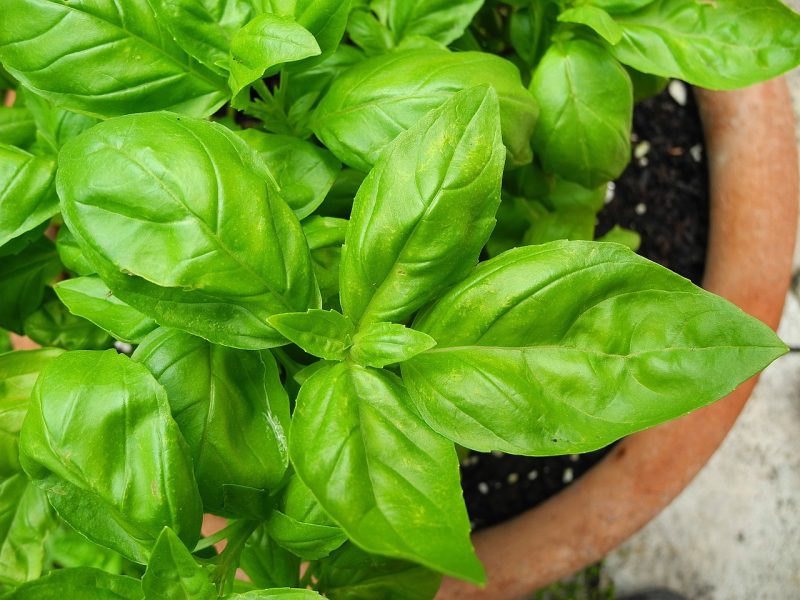
Basil is a warm-season herb that can be directly seeded or transplanted in mid to late March. Thriving in full sun, basil prefers warm temperatures above 60°F. Regular harvesting encourages bushy growth, making it ideal for culinary use in salads, sauces, and garnishes.
Cilantro
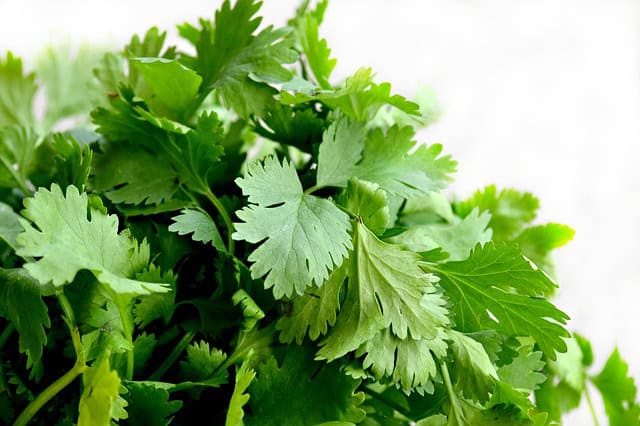
Cilantro can tolerate cooler temperatures, making it suitable for early March planting. It thrives in well-drained soil and should be harvested before the hot summer weather sets in. Cilantro also serves as a great companion plant, repelling pests and attracting beneficial insects.
Parsley
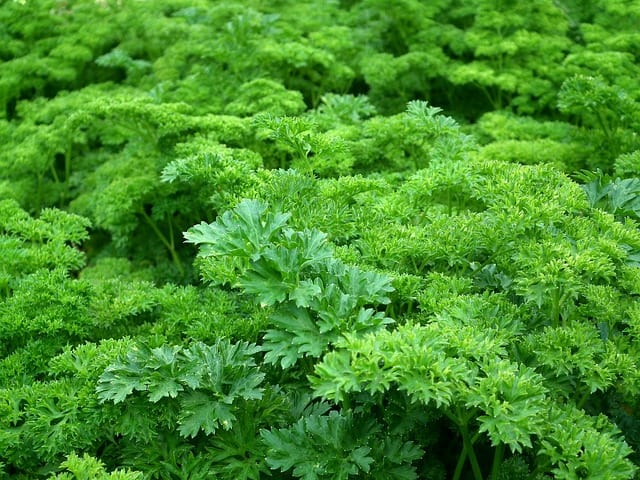
Parsley can also be planted in early March, as it prefers cooler temperatures around 55°F to 70°F. This herb grows well in well-draining soil and full sun or partial shade. Regular harvesting encourages bushier growth, providing a continual supply throughout the season.
Chives
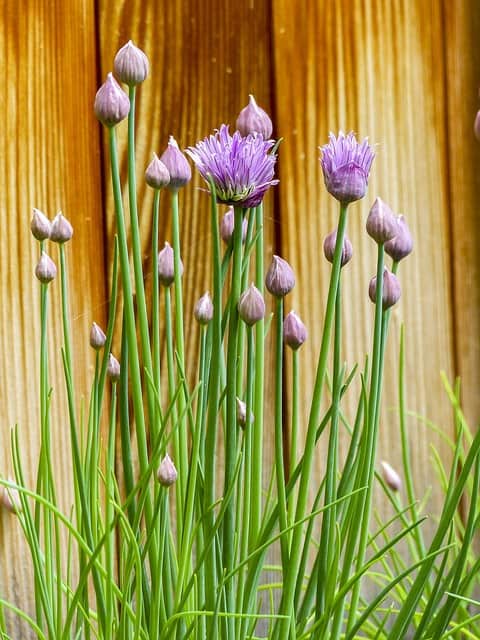
Chives are a versatile herb that can be planted in March. They thrive in well-drained soil and full sun, with temperatures above 50°F ideal for growth. Chives add a mild onion flavor to dishes and can also produce beautiful purple blooms, enhancing your garden’s aesthetic.
Oregano
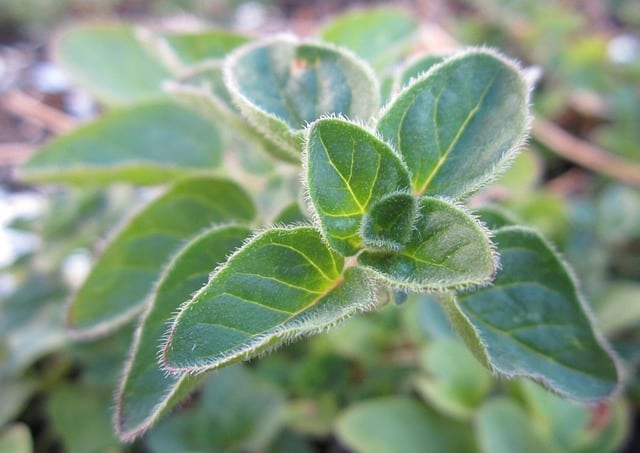
Oregano is a perennial herb that can be started in late March. It prefers full sun and thrives in well-drained, poor soil. Oregano is drought-tolerant and can enhance various dishes with its robust flavor, making it a staple in Mediterranean cuisine.
Thyme
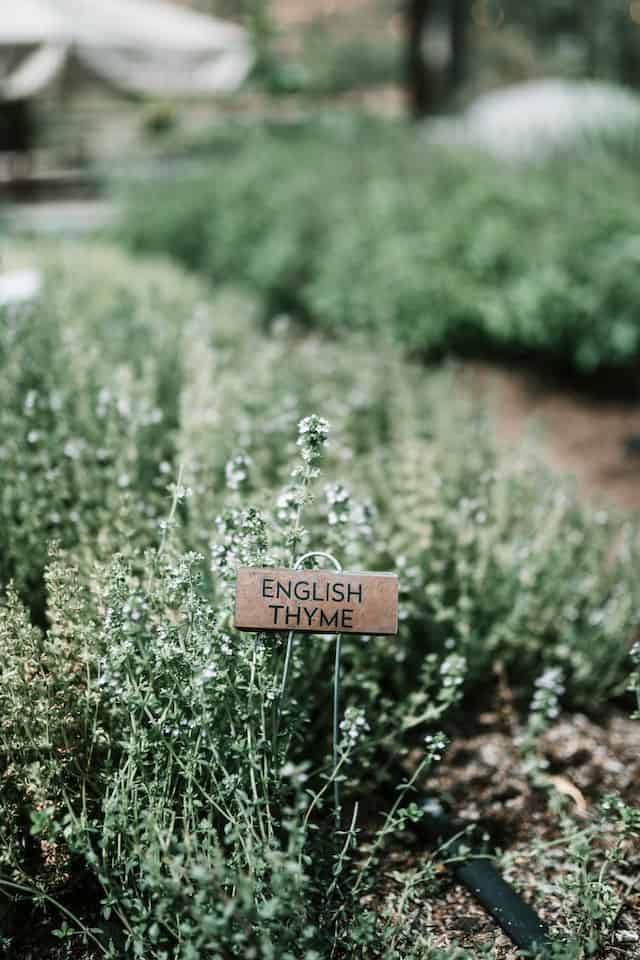
Plant thyme in late March for best results. This hardy herb enjoys full sunlight and well-drained soil. Once established, thyme is drought-resistant, requiring minimal care and making it a reliable addition to herb gardens.
Mint
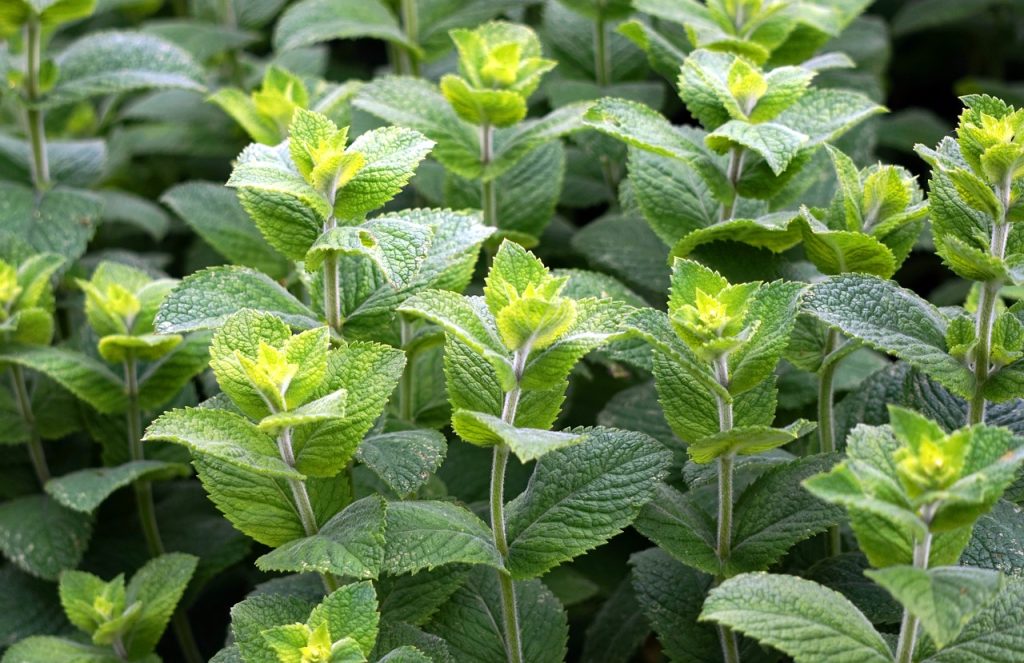
Mint is another herb that can be planted in March but should be done so in containers, as it can quickly spread and take over garden space. Mint thrives in well-drained soil and partial sun, and it prefers cooler temperatures. Regular harvesting encourages bushy growth and enhances flavor for drinks and dishes.
Dill
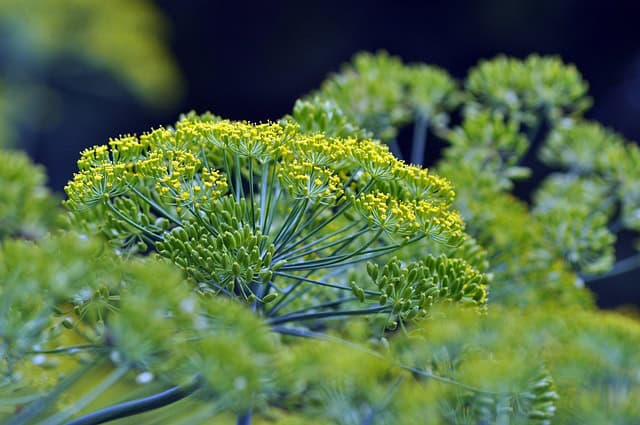
Dill can be sown directly into the garden in late March. This annual herb thrives in full sun, requiring well-drained soil and temperature ideally around 70°F. Dill has a unique flavor that complement pickling and various dishes, also attracting beneficial insects, such as pollinators.
Rosemary
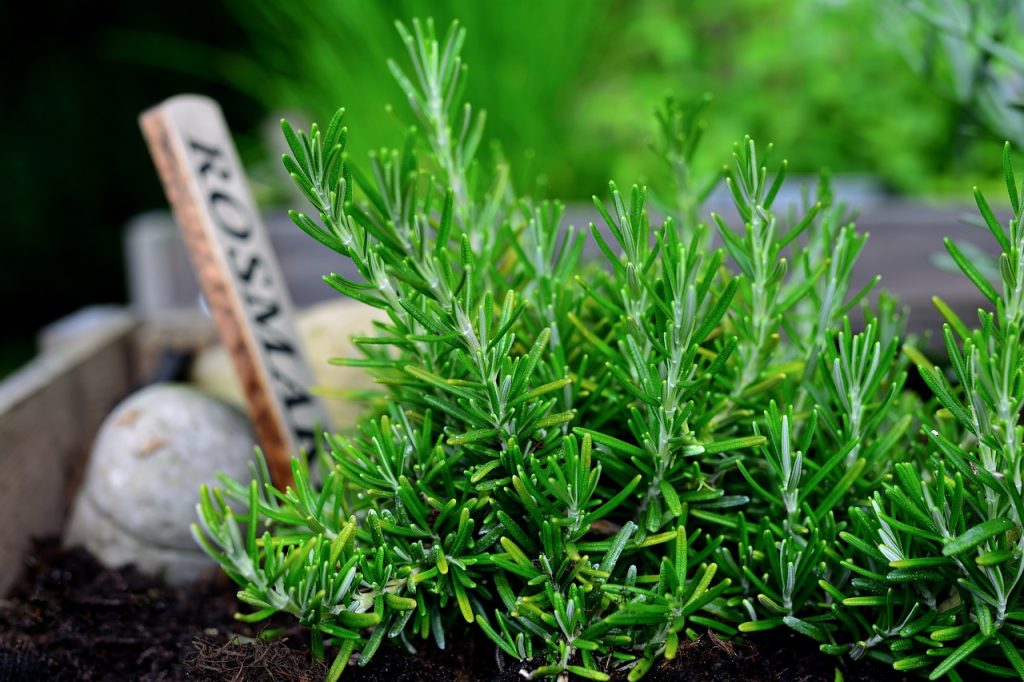
Rosemary is perfect for planting in late March as it thrives in hotter climates. This Mediterranean herb prefers sandy, well-drained soil and full sun. Consider growing rosemary in containers if your soil is heavy. It’s drought-resistant and will add wonderful flavors to many dishes.
Sage
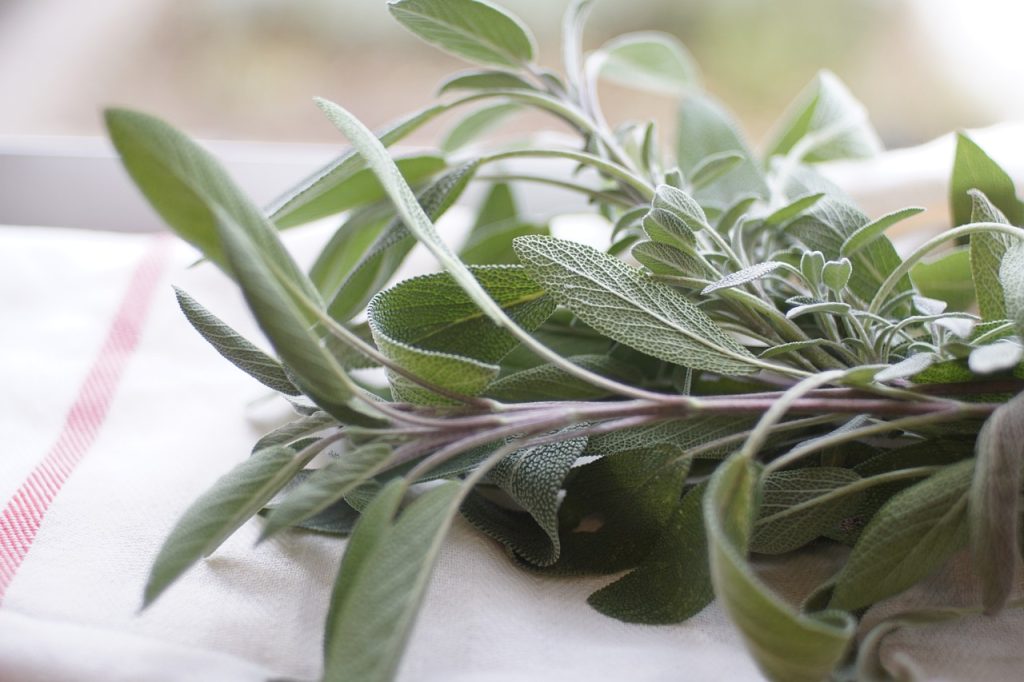
Sage can be planted in late March, needing warm temperatures and well-drained soil. This perennial herb thrives in full sun and requires minimal watering once established. Sage can enhance numerous dishes with its robust earthy flavor, making it a favored herb in culinary usage.
Landscape Plants To Plant In February
March is not only for vegetables and flowers but also an excellent time to enhance your landscape with various ornamental plants. Below is a collection of ten landscape plants suitable for planting in Louisiana gardens during March.
Crepe Myrtle
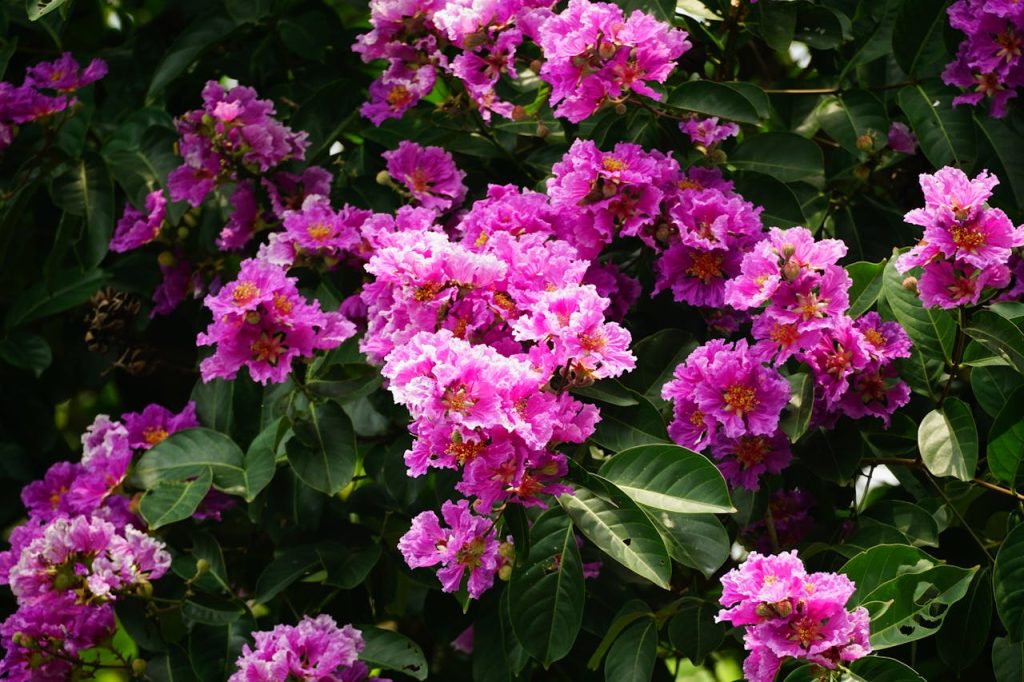
Crepe myrtles are iconic in Louisiana landscaping, prized for their vibrant summer blooms and impressive height. March is the ideal time for planting; these trees prefer full sun and can tolerate drought once established. They bloom in an array of colors, adding beauty and providing shade to landscapes.
Azalea
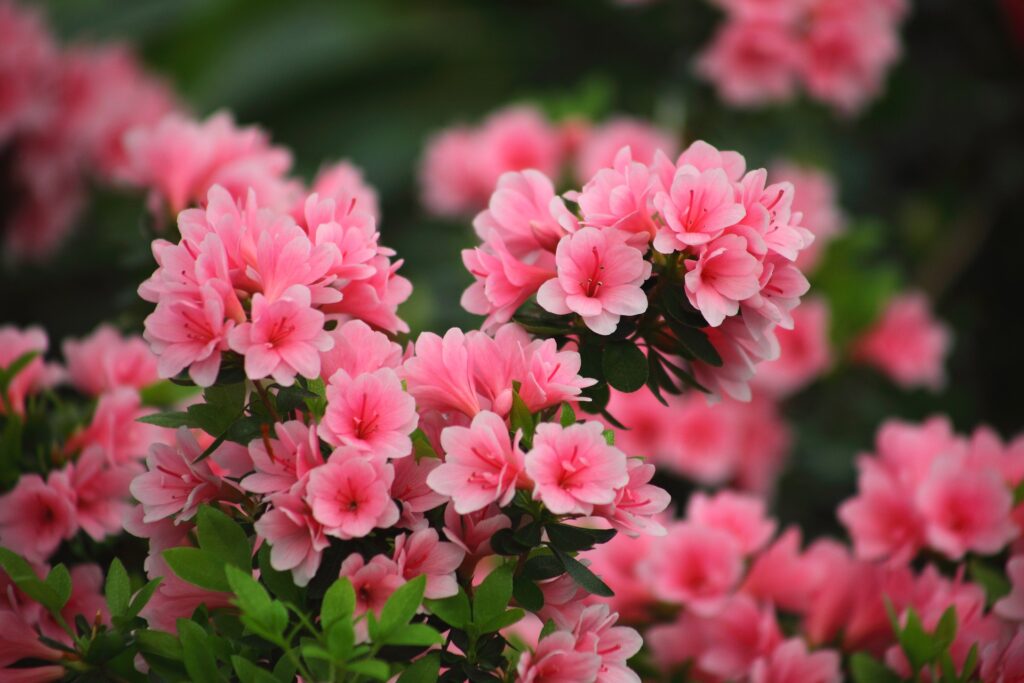
March is an excellent time to plant azaleas, which thrive in well-drained soil and dappled sunlight. Known for their stunning blooms, azaleas can transform any garden into a colorful paradise. They prefer slightly acidic soil, so consider amending your planting bed before planting.
Camellia
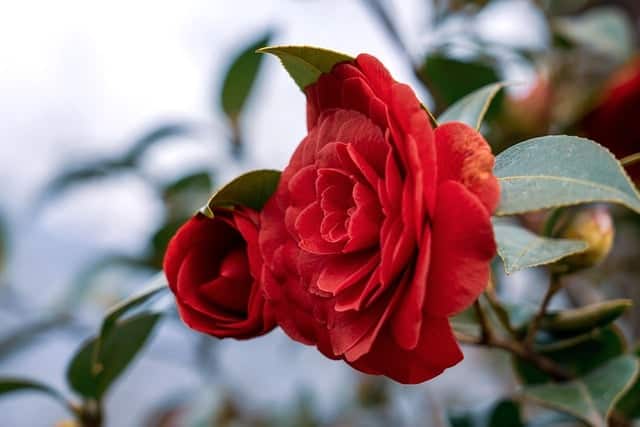
Camellias offer beautiful flowers in the spring, blooming as early as February through April. These evergreen shrubs prefer partial shade and well-drained, rich soil. Plant them in March for continued growth and enjoy their stunning flowers, which are perfect for attracting pollinators to your garden.
Holly
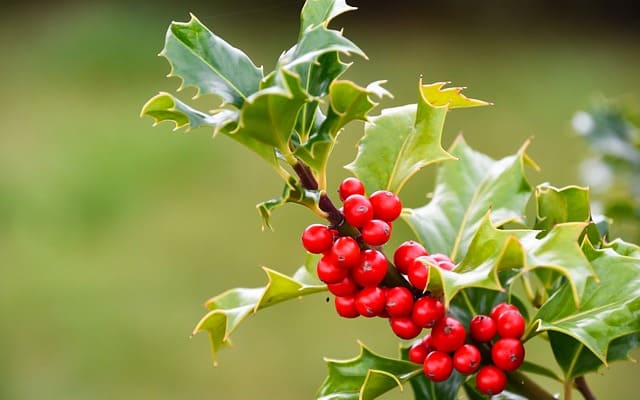
Hollies are versatile evergreen shrubs that can be planted in March. They provide year-round foliage and berries, attracting wildlife to the garden. Hollies tolerate a range of soil types but prefer acidic, well-draining conditions. They thrive in full sun to partial shade, making them adaptable to various spaces.
Japanese Maple
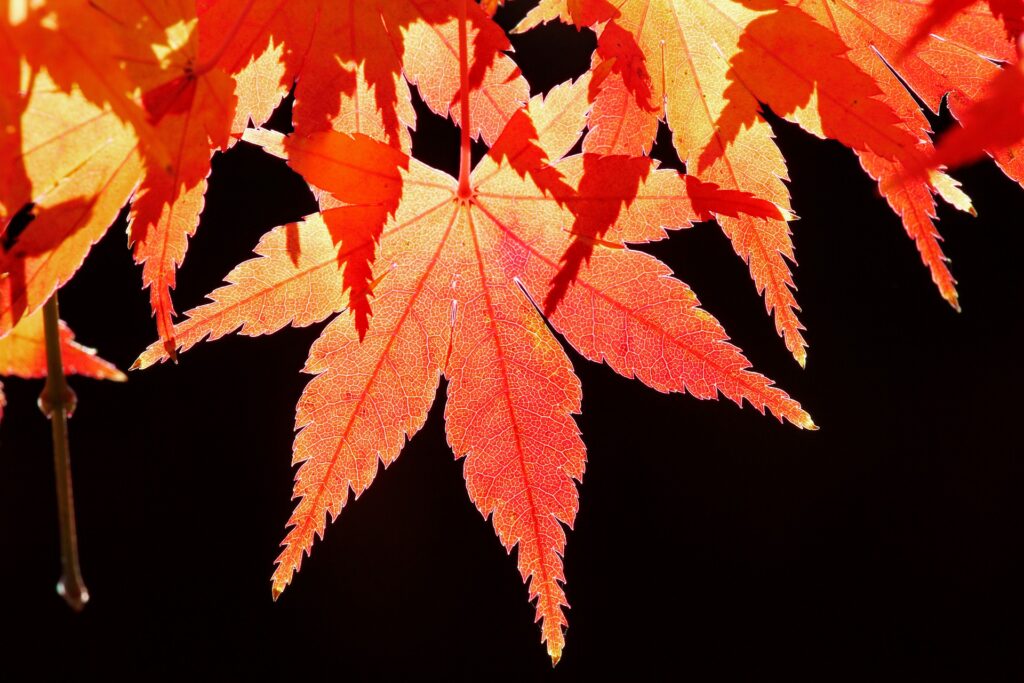
Plant Japanese maples in March when the weather warms up for optimal growth. These trees thrive in loamy, well-drained soil and partial shade. Their delicate leaves and unique shapes provide stunning aesthetics in any landscape, making them a highly sought-after ornamental tree.
Southern Magnolia
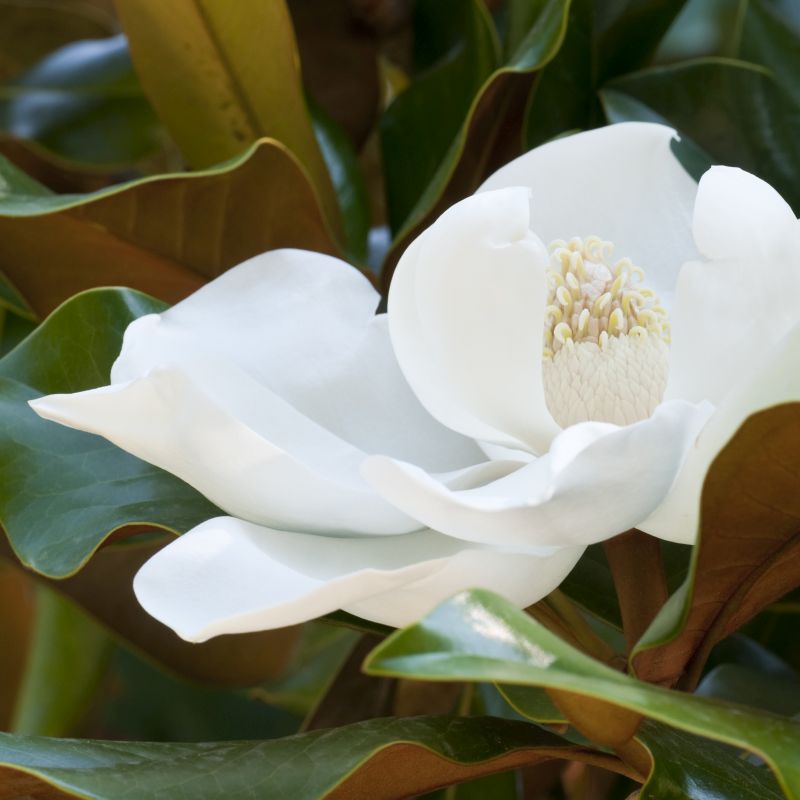
The Southern magnolia is a classic choice for southern gardens, offering grand blooms and fragrant foliage. Plant these trees in well-draining soil during March. They thrive in full sun, producing beautiful large white flowers that can enhance any landscape design.
Daylily
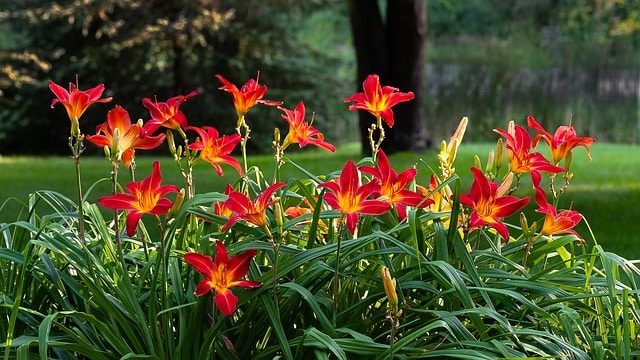
Daylilies are hardy perennials that can be planted in March. They flourish in various conditions, performing well in full sun or partial shade. These adaptable plants are low-maintenance and come in countless colors, providing long-lasting blooms throughout the growing season.
Lantana
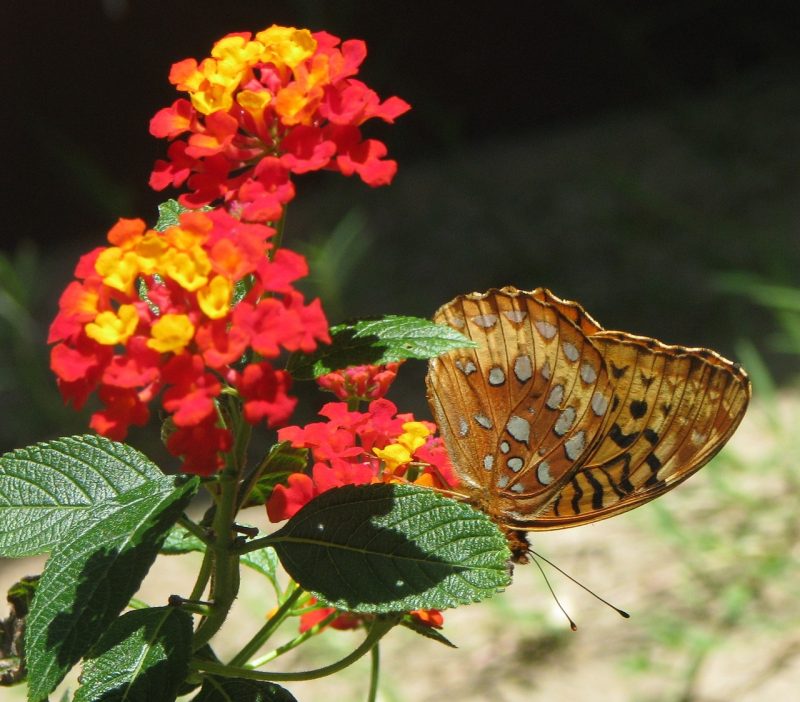
Lantana is a stunning flowering shrub perfect for brightening up landscapes. It can be planted in late March once the risk of frost has passed. This heat-loving plant thrives in sunny locations and is drought-resistant, attracting butterflies and creating a vibrant garden atmosphere.
Indian Hawthorn
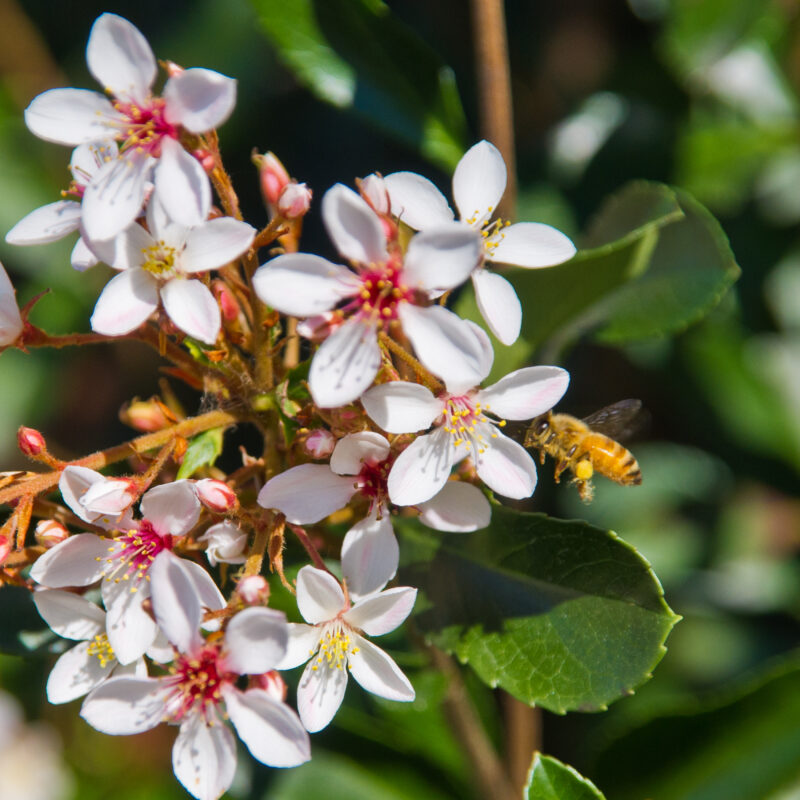
Planting Indian hawthorn in early March provides a lovely evergreen shrub that blooms charming pink or white flowers. It prefers well-draining soil and full sun. This shrub is commonly used for hedges or as a foundation plant due to its adaptability and low maintenance.
Butterfly Bush
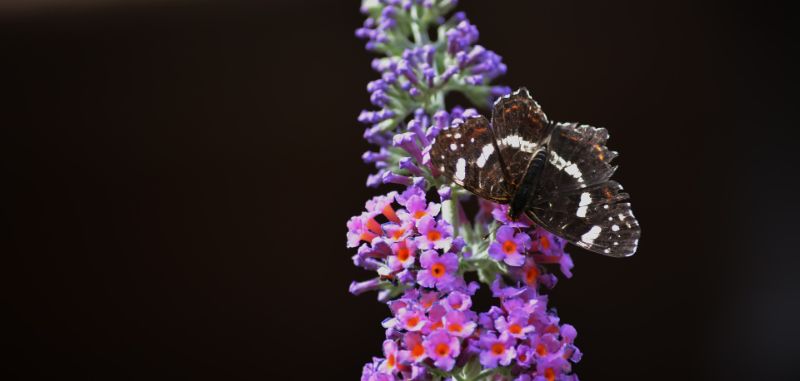
Butterfly bushes can be planted in late March to provide a nectar source for pollinators, particularly butterflies. These shrubs thrive in full sun and can tolerate various soil types, although they prefer well-draining conditions. The vibrant spikes of flowers add beauty and attract beneficial wildlife.
FAQ
When is the last frost date in Louisiana?
The last frost date varies by region, typically falling between late March and early April. Gardeners should check local forecasts and use resources like the USDA Plant Hardiness Zone Map for guidance.
Can I plant seeds directly in the ground in March?
Yes, many seeds can be directly sown in the garden in March, especially for plants tolerant of cooler temperatures. Vegetables and flowers such as snap peas and sweet peas are excellent choices.
What are the best practices for starting a garden in Louisiana?
Start by selecting a location with plenty of sunlight, then prepare the soil by adding organic matter to improve drainage. Pay attention to planting dates, as well as the needs of individual plants regarding sunlight, water, and soil type.
How often should I water my new plants?
Newly planted flowers, vegetables, and herbs need consistent moisture until established. Typically, watering once or twice a week is sufficient, but watch for signs of dryness or wilting and adjust as necessary.
How can I protect my plants from unexpected frost?
Be prepared for late frosts by covering young plants with row covers or blankets during cold nights. Additionally, consider planting in microclimates that are warmer (like near walls or large trees) or choosing frost-resistant plant varieties.


